Lanai, patio, porch, veranda, terrace, and balcony are all outdoor living spaces that serve different purposes and have unique features. Understanding the differences between them can help you choose the right one for your home and lifestyle.
In this article, we will explore the basic concepts of each outdoor living space, specific features that distinguish them from one another, and practical considerations for choosing the right one.
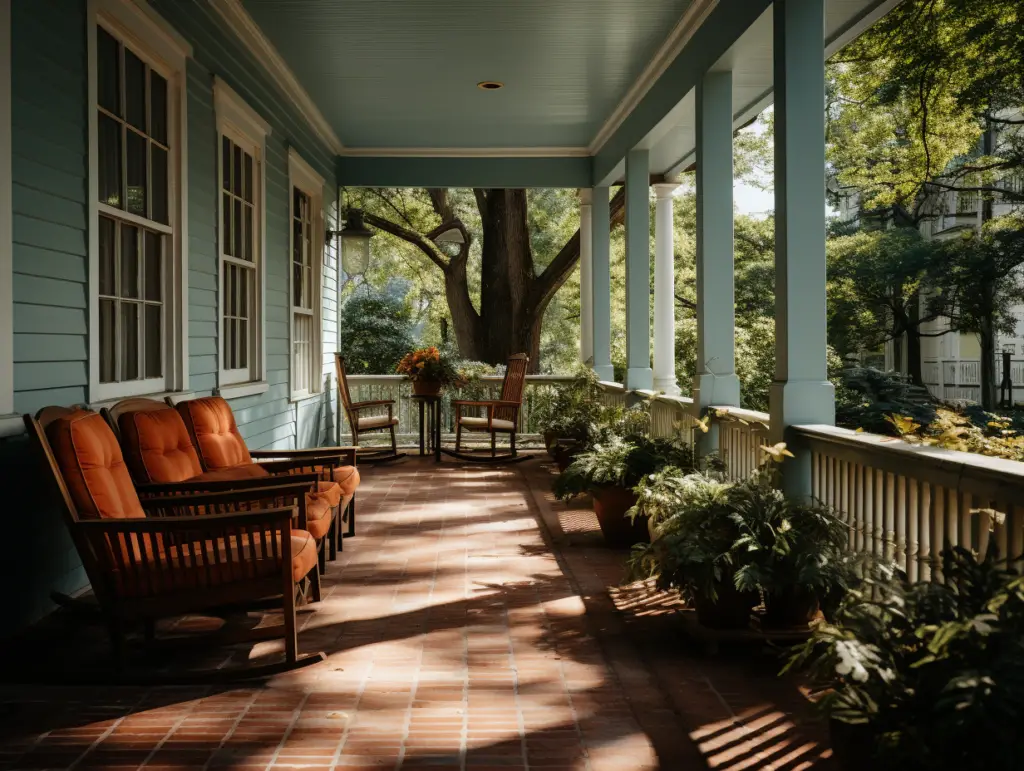
Key Takeaways
- Understanding the differences between lanai, patio, porch, veranda, terrace, and balcony can help you choose the right outdoor living space for your home and lifestyle.
- The location and climate of your home are important factors to consider when choosing an outdoor living space.
- Aesthetic and practical considerations such as space, intended use, and personal style preferences can also influence your decision.
Understanding the Basic Concepts
When it comes to outdoor living spaces, there are many terms that are used interchangeably, but they actually refer to different structures. Understanding the differences between lanai, porch, veranda, patio, terrace, and balcony can help you make informed decisions when planning your outdoor area.
At a basic level, a lanai, porch, veranda, patio, terrace, and balcony are all outdoor areas that are attached or adjacent to a home or building. They can be used for a variety of purposes, such as dining, relaxing, entertaining, or as an entrance to the home.
The main difference between these outdoor areas is their location, structure, and purpose. A patio, for example, is a ground-level outdoor area that is typically made of concrete, pavers, or stone. It can be attached to the home or located in the backyard.

A lanai, on the other hand, is a covered outdoor area that is typically attached to the home and covered in glass. It can be used for a variety of purposes, such as dining, relaxing, or as a sunroom.
A porch is an elevated outdoor area that is typically attached to the front or back of the home and is covered by a roof. It can be used for a variety of purposes, such as relaxing, entertaining, or as an entrance to the home.
A veranda is a covered outdoor area that is typically attached to the home and is elevated from the ground level. It is usually open on the sides and can be used for a variety of purposes, such as dining, entertaining, or as a living area.
A terrace is an outdoor area that is typically located on the roof or an elevated area of the home. It can be used for a variety of purposes, such as dining, relaxing, or as a living area.
A balcony is an outdoor area that is typically attached to the upper level of the home and is elevated from the ground level. It can be used for a variety of purposes, such as relaxing, entertaining, or as a living area.
In summary, understanding the differences between lanai, porch, veranda, patio, terrace, and balcony can help you make informed decisions when planning your outdoor living space.
Each structure has its own unique features and purposes, and choosing the right one for your home can enhance your overall living experience.
Specific Features of Each

Lanai Features
A lanai is a covered outdoor living space that is typically found in tropical regions. It is usually attached to a house and has a roof, railings, and may have screens to keep out bugs. Lanais can vary in size and may be used for dining or relaxation. They are often paved with concrete or stone and may have chairs or other seating options. Some lanais may have columns for support.
Patio Features
A patio is a flat, ground-level outdoor space that is typically paved and used for dining, relaxation, or working on projects. Patios can be covered or uncovered and may be made of various materials, including pavers, brick, or concrete. They may have furniture such as chairs or tables and can be surrounded by walls or open to the yard. Some patios may be screened in to keep out bugs.
Porch Features
A porch is an outdoor space that is typically attached to the front or back of a house and is covered by a roof. Porches may have railings and may be screened in to keep out bugs. They are often used for relaxation and may have chairs or other seating options. Some porches may have windows and doors that lead into the house.
Veranda Features
A veranda is an outdoor space that is usually roofed and extends along the outside of a house. It is typically located on the ground level and may be used for dining or relaxation. Verandas can be covered or uncovered and may have railings or screens. They are often paved with concrete or stone and may have furniture such as chairs or tables.
Terrace Features
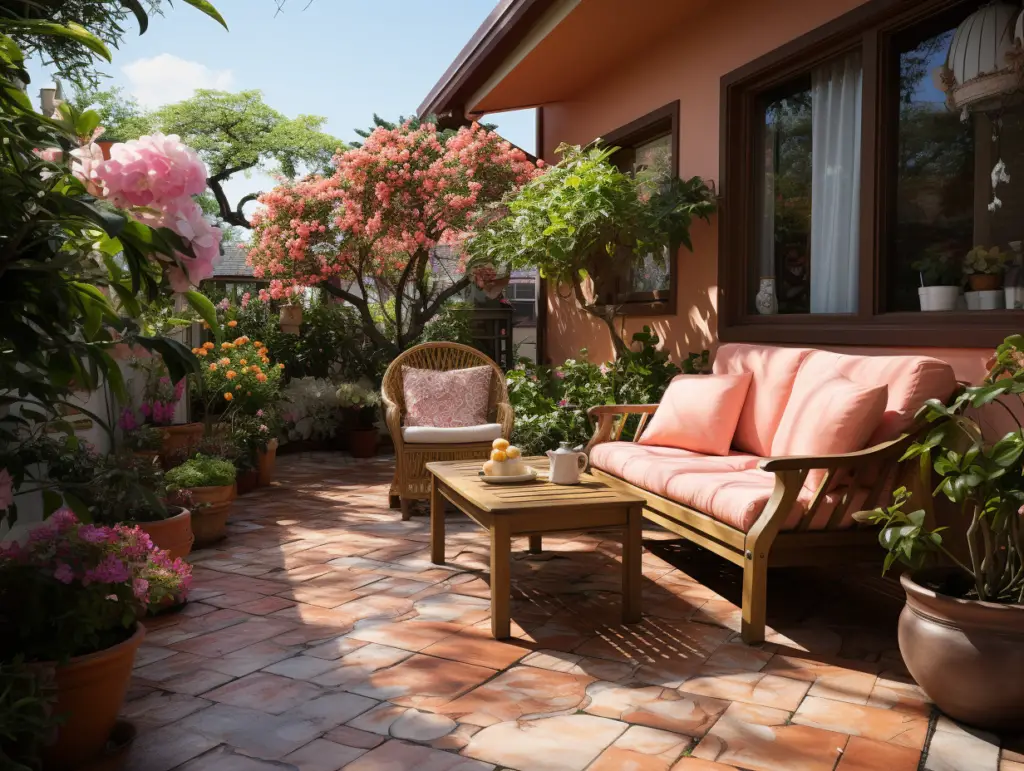
A terrace is an outdoor space that is often a platform or flat area at the top of a building. It may be covered or uncovered and may have railings or walls. Terraces can be used for dining or relaxation and may have furniture such as chairs or tables. They may be paved with various materials, including pavers or concrete.
Balcony Features
A balcony is an outdoor space that is typically located on an upper level of a building and is often surrounded by a railing or railings. Balconies can be used for relaxation and may have seating options such as chairs or benches. They may be paved with various materials, including pavers or concrete. Some balconies may have stairs that lead to the ground level and may have enclosures or umbrella for privacy or shade. Some balconies may also have ceiling fans for added comfort.
Overall, the specific features of each outdoor living space may vary depending on the location, size, and materials used. It is important to consider the intended use of the space and the surrounding environment when choosing which outdoor living space is right for you.
The Role of Location and Climate
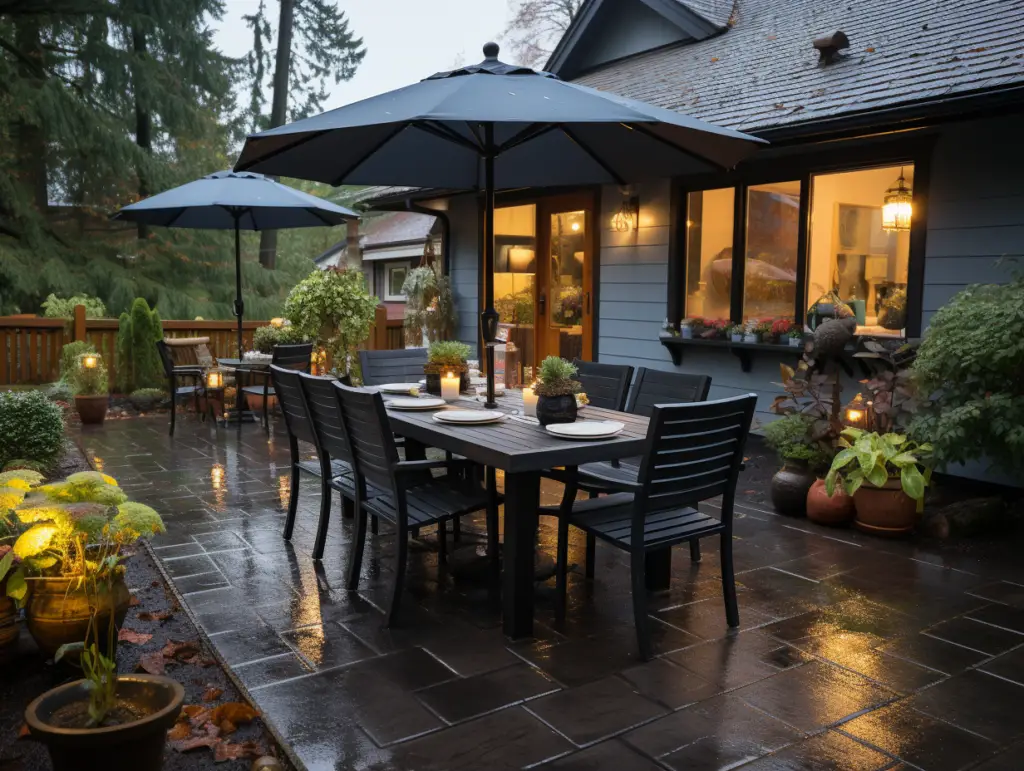
When it comes to choosing between a Lanai, Patio, Porch, Veranda, Terrace, or Balcony, the location and climate play a significant role in the decision-making process.
For instance, Lanais are more commonly found in Hawaii and other warm regions in the southern United States. They are designed to provide protection from the sun and rain while still allowing for a great view of the surrounding area. Lanais are typically enclosed and can be used year-round, making them an excellent choice for those who want to spend more time outdoors.
Patios, on the other hand, are usually found at ground level and are a flat space that has been paved or concreted to create an outdoor living area. They are ideal for dining, working on projects, or relaxing. Patios can be built directly off the slab or merely added to the side of the home after the fact.
Porches are typically located at the front of the house and provide a covered entrance to the home. They are often used for sitting outside and enjoying the weather, and they can also be used as a place to store shoes and other outdoor gear. Porches are a great way to add curb appeal to a home, and they can be designed to match the style of the house.
Verandas are similar to porches but are typically larger and located at the back or side of the house. They are often used for entertaining guests and can be designed to provide shade and protection from the sun. Verandas are a great way to extend the living space of a home and can be designed to match the style of the house.
Terraces are typically found in urban areas and are often located on rooftops or balconies. They provide a great view of the surrounding area and can be used for entertaining or relaxing. Terraces can be designed to provide shade and protection from the sun, and they can also be used to grow plants and vegetables.
Balconies are often found in apartments or multi-story homes and are typically located off of a bedroom or living room. They provide a great view of the surrounding area and can be used for relaxing or entertaining guests. Balconies can be designed to provide shade and protection from the sun, and they can also be used to grow plants and vegetables.
In summary, the location and climate play a significant role in the decision-making process when it comes to choosing between a Lanai, Patio, Porch, Veranda, Terrace, or Balcony. Each option provides unique benefits, and it’s important to choose the one that best fits your needs and lifestyle.
Aesthetic and Practical Considerations

When considering the differences between lanais, patios, porches, verandas, terraces, and balconies, it’s important to take into account both aesthetic and practical considerations. Each of these outdoor living spaces has its own unique features that can impact the overall look and feel of your home, as well as its functionality.
One of the primary aesthetic considerations is the level of relaxation and entertainment that each space offers. Lanais, for example, are often designed with relaxation in mind, featuring comfortable furniture and plenty of space to unwind. Patios, on the other hand, may be more focused on entertaining guests, with ample seating and room for a grill or outdoor kitchen.
Another important aesthetic consideration is the use of plants and flowers. Verandas, for instance, are often adorned with lush greenery and colorful blooms, creating a tranquil atmosphere that’s perfect for lounging. Balconies, on the other hand, may be more limited in terms of space, but can still be enhanced with potted plants or hanging baskets.
When it comes to practical considerations, the type of flooring used can make a big difference. Flagstone and gravel are popular choices for patios and terraces, while verandas may feature more elegant materials like marble or tile. Porches, meanwhile, may be left uncovered or enclosed with screens, depending on the climate and local weather patterns.
Furniture is another important practical consideration. Lanais and sunrooms may be furnished with comfortable lounge chairs or sofas, while decks and balconies may feature more compact seating options like bistro sets or Adirondack chairs. Pergolas and gazebos can also provide valuable shade and shelter for outdoor gatherings, while covered structures like porches and verandas offer protection from the elements year-round.
Overall, the aesthetic and practical considerations of lanais, patios, porches, verandas, terraces, and balconies can vary widely depending on your personal preferences and the unique features of your home. By taking the time to carefully consider each option, you can create an outdoor living space that perfectly suits your needs and enhances the overall beauty and functionality of your home.
Dealing with Outdoor Elements
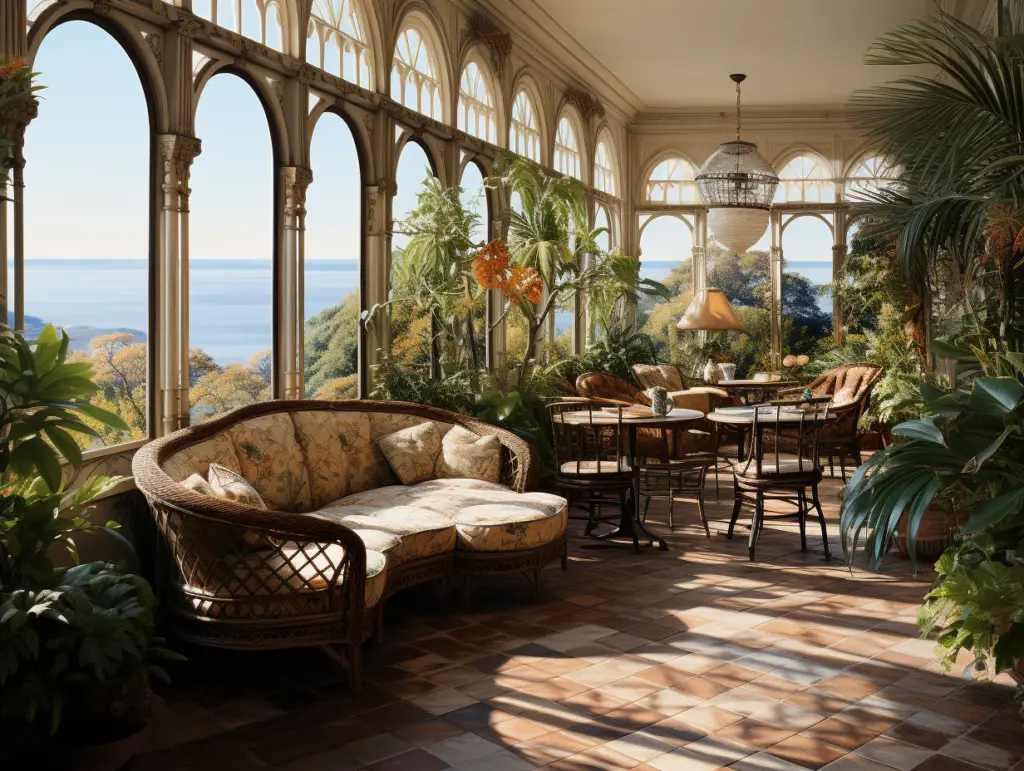
When it comes to enjoying your outdoor space, there are a few elements that you may need to deal with. Here are some tips to help you handle bugs, insects, privacy, and more:
Bugs and Insects
One of the biggest challenges of outdoor living spaces is dealing with bugs and insects. To keep these pests at bay, consider incorporating some of these measures:
- Install screens or enclosures to keep bugs out
- Use citronella candles or other natural repellents
- Keep your outdoor area clean and free of debris
- Use bug zappers or other electric repellents
Working in Your Outdoor Space
If you plan on using your outdoor space for work or hobbies, you may need to take some additional steps to create a functional and comfortable environment. Consider these tips:
- Install a roof or canopy to provide shade and protection from the elements
- Add lighting to your outdoor space to make it easier to work after dark
- Consider installing columns or other structural elements to support any equipment or tools you may need to use
Privacy and Screening
Privacy can be a concern when it comes to outdoor living spaces, especially if you live in a densely populated area. To create a more private environment, consider these options:
- Install privacy screens or fencing to block out neighbors or passersby
- Use plants and landscaping to create a natural barrier
- Consider installing a covered patio or veranda to create a more secluded space
Overall, with a little planning and preparation, you can create an outdoor living space that is both functional and enjoyable.
Conclusion
In conclusion, the terms lanai, patio, porch, veranda, terrace, and balcony are often used interchangeably, but they have distinct differences in their design, location, and purpose. Understanding these differences is essential when planning your outdoor space.
A lanai is a covered outdoor space that is typically found in tropical regions and has at least one wall open to the elements. A patio is an outdoor space that is adjacent to a house and is often uncovered. A porch is a covered outdoor space that is attached to the front or back of a house and has a roof supported by columns or posts. A veranda is a covered outdoor space that is typically found on the ground level and is usually roofed. A terrace is a flat area at the top of a building, while a balcony is a platform that projects from the wall of a building.
When deciding which outdoor space is right for you, consider your location, climate, and intended use. If you live in a tropical area and want a space that is open to the elements, a lanai may be the best option for you. If you want a space that is adjacent to your house and can be used for a variety of purposes, a patio may be the best choice. If you want a covered outdoor space that is attached to your house, a porch or veranda may be the best option. If you live in an apartment or high-rise building, a balcony may be the only option available to you.
Ultimately, the choice between a lanai, patio, porch, veranda, terrace, or balcony comes down to personal preference and the specific needs of your outdoor space. By understanding the differences between these terms, you can make an informed decision and create an outdoor space that meets your needs and enhances your lifestyle.
Frequently Asked Questions
What distinguishes a lanai from a patio?
A lanai is an outdoor living space that is typically covered and screened-in, while a patio is an outdoor living space that is typically uncovered and located directly adjacent to the house. Lanais often feature a roof and may have a solid floor, while patios are often made of pavers, brick, stone, or concrete.
How does a porch differ from a veranda?
A porch is a covered outdoor living space that is typically attached to the front or back of a house and may be enclosed or open. A veranda is a covered outdoor living space that is typically attached to the side of a house and may wrap around the front or back. Verandas are often larger than porches and may have columns or railings.
What are the defining characteristics of a terrace?
A terrace is an outdoor living space that is typically located on the roof of a building or on a raised platform. Terraces may be covered or uncovered and may feature plants, seating, and other outdoor amenities. They are often used for entertaining or as a private retreat.
What is the difference between a balcony and a veranda?
A balcony is a small outdoor living space that is typically attached to an upper-level room and extends out from the building. Balconies are usually enclosed by a railing or other barrier. A veranda is a covered outdoor living space that is typically attached to the side of a house and may wrap around the front or back. Verandas are often larger than balconies and may have columns or railings.
What is the difference between a lanai and a balcony?
A lanai is an outdoor living space that is typically covered and screened-in, while a balcony is a small outdoor living space that is typically attached to an upper-level room and extends out from the building. Lanais often feature a roof and may have a solid floor, while balconies are usually enclosed by a railing or other barrier.
Can a porch be considered a type of veranda?
Yes, a porch can be considered a type of veranda. Both porches and verandas are covered outdoor living spaces that are typically attached to a house and may be enclosed or open. However, verandas are often larger than porches and may wrap around the front or back of the house.

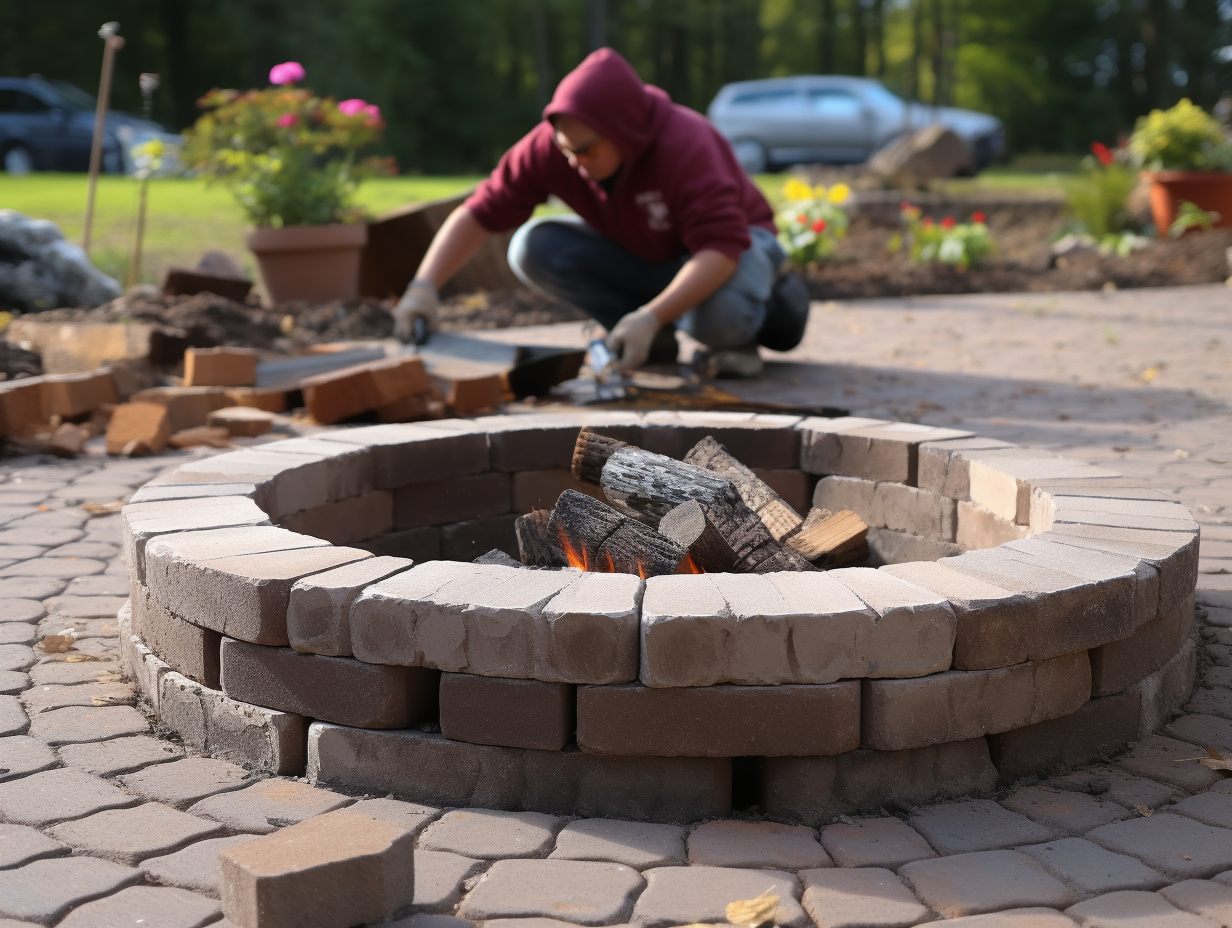
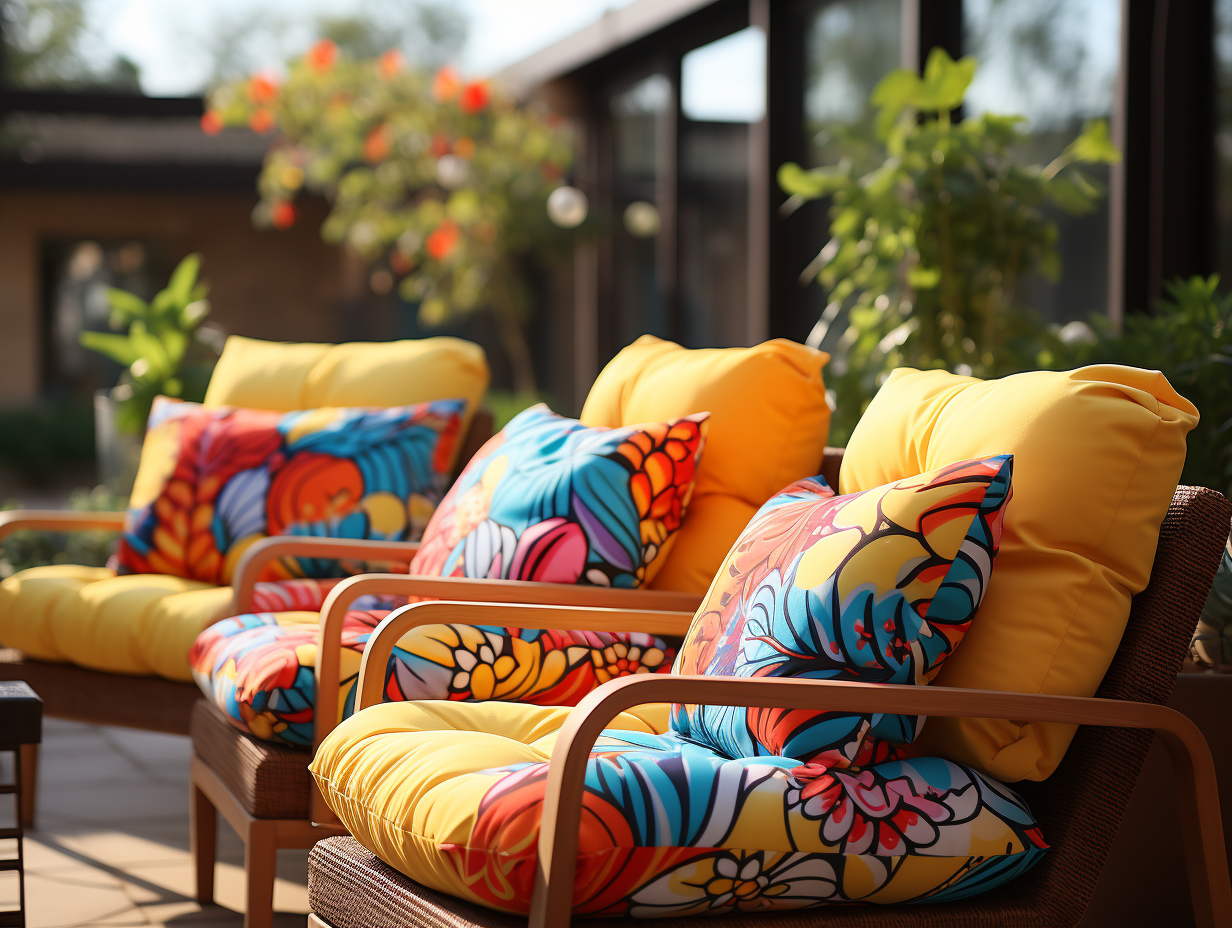
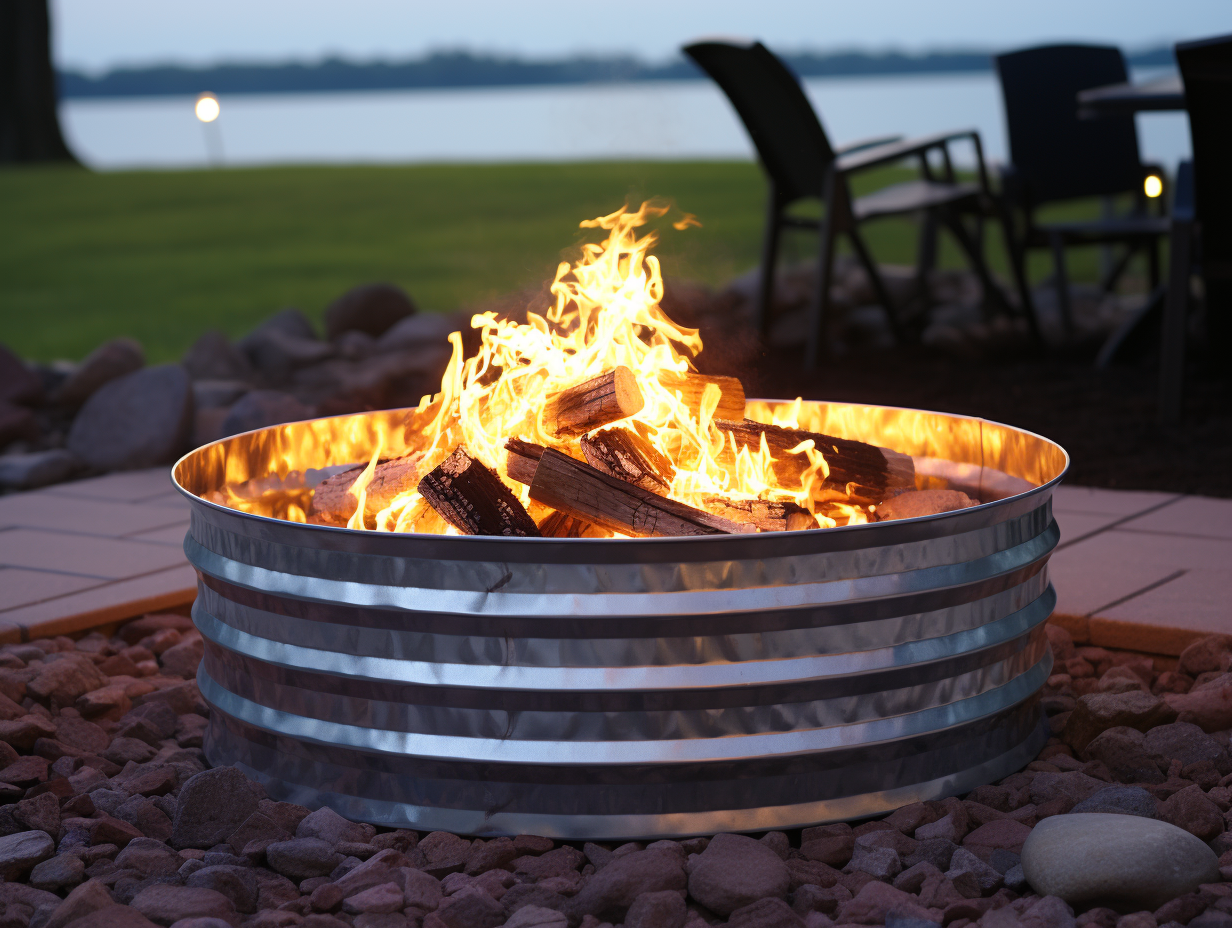

Leave a Reply